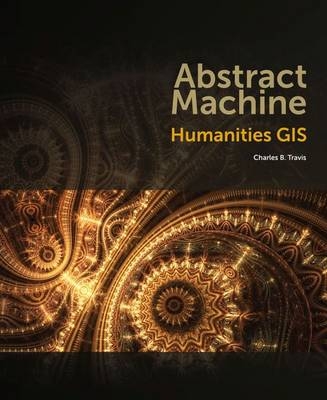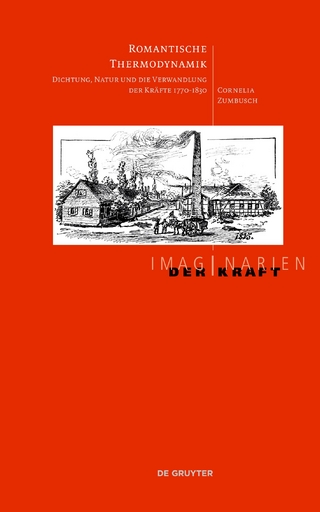
Abstract Machine
Environmental Systems Research Institute Inc.,U.S. (Verlag)
978-1-58948-368-2 (ISBN)
- Titel ist leider vergriffen;
keine Neuauflage - Artikel merken
In Abstract Machine, author Charles Travis uses GIS technology to interpret, analyze, and visualize literary, historical, and philosophical texts. Travis's study shows how mapping language patterns, fictional landscapes, geographic spaces, and philosophical concepts helps support critical analysis. Travis bases his interpretive model upon the ancient Greek and Roman practice of geographia, and applies it to works by authors including Samuel Beckett, Patrick Kavanagh, Flann O’Brien, and James Joyce. Travis illustrates how scholars in the humanities can experiment with GIS to create visualizations that support and illustrate their critical analysis of humanities texts, and survey, navigate, and imagine various story-paths through space and time.
Charles Travis is a senior research fellow with the Trinity Long Room Hub at Trinity College Dublin, where he holds a PhD in geography. He develops methodologies and applications for humanities geographical information systems (HGIS) and conducts research in the digital and environmental humanities and in human and literary geography. He edited the volume, History and GIS: Epistemologies, Considerations and Reflections (2012), with Alexander von Lünen; and published the monograph Literary Landscapes of Ireland: Geographies of Irish Stories, 1929–1946 (2009). He completed a postdoctoral fellowship in the digital humanities at Trinity College and has held teaching posts at Trinity College, the University of South Florida, and several other universities.
Preface
Acknowledgments
Part 1: GIS and the digital humanities
1: Introduction
2: Toward the spatial turn
3: Writing time and space with GIS: The conquest and mapping of seventeenth-century Ireland
Part 2: Writers, texts, and mapping
4: GIS and the poetic eye
5: Modeling and visualizing in GIS: The topological influences of Homer’s Odyssey and Dante’s Inferno on James Joyce’s Ulysses (1922)
6: Psychogeographical GIS: Creating a kaleidoscope equipped with consciousness Flann O’Brien’s At Swim-Two-Birds (1939)
7: Geovisualizing Beckett
Part 3: Toward a humanities GIS
8: The terrae incognitae of humanities GIS
About the author
Index -- Esri
| Zusatzinfo | 52 Illustrations, unspecified |
|---|---|
| Verlagsort | Redlands |
| Sprache | englisch |
| Maße | 191 x 229 mm |
| Themenwelt | Geisteswissenschaften ► Geschichte |
| Geisteswissenschaften ► Philosophie | |
| Geisteswissenschaften ► Sprach- / Literaturwissenschaft ► Anglistik / Amerikanistik | |
| Geisteswissenschaften ► Sprach- / Literaturwissenschaft ► Literaturwissenschaft | |
| Naturwissenschaften ► Geowissenschaften ► Geografie / Kartografie | |
| Sozialwissenschaften ► Pädagogik | |
| ISBN-10 | 1-58948-368-5 / 1589483685 |
| ISBN-13 | 978-1-58948-368-2 / 9781589483682 |
| Zustand | Neuware |
| Haben Sie eine Frage zum Produkt? |
aus dem Bereich


